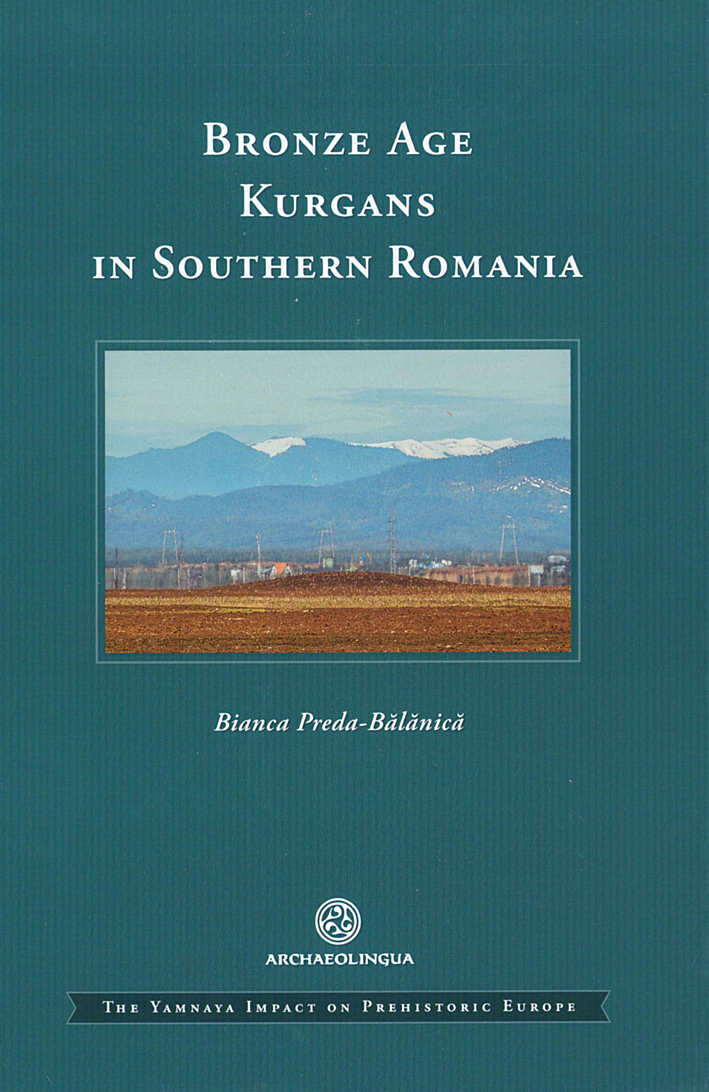Preda-Bălănică, Bianca : Bronze Age Kurgans in Southern Romania
"Preda-Bălănică, Bianca : Bronze Age Kurgans in Southern Romania"
Bianca Preda-Bălănică,
Bronze Age Kurgans in Southern Romania
(The Yamnaya Impact on Prehistoric Europe 6)
Budapest 2025
ISBN 978-615-5766-72-5
302 S./pp., zahlr. Farb- und S/W-Abb. / num. colour and b/w-figs., 28 x 20 cm; kartoniert/hardcover
Utilising a systematic methodology, this volume offers an in-depth analysis of various aspects of mortuary practices, including kurgan stratigraphy, the orientation of the deceased, bioanthropological and genetic evidence, grave goods, and chronological assessments. The research identifies distinct phases of burial rituals, categorising them into pre-Yamnaya, Early and Late Yamnaya, Katakombnaya, Middle Bronze Age/Mnogovalikovaya, and Late Bronze Age/Sabatinovka-Noua-Coslogeni, spanning the time from the 4th to the 2nd millennia BC.
The insights gleaned from this research reveal the intricate relationships between local customs and the influences of steppe populations over time. The study sheds light on the complexities of mobility, interaction, and cultural admixture, as well as the evolution of burial practices and material culture during the Bronze Age.
Bronze Age Kurgans in Southern Romania is poised to become a vital resource for scholars interested in the dynamics of prehistoric societies, offering perspectives on how cultural identities were shaped and transformed across centuries.
Login

